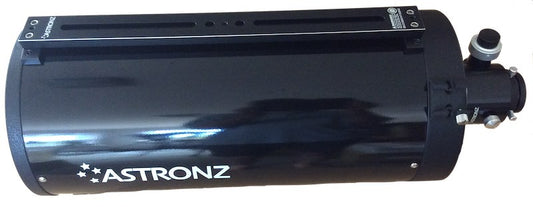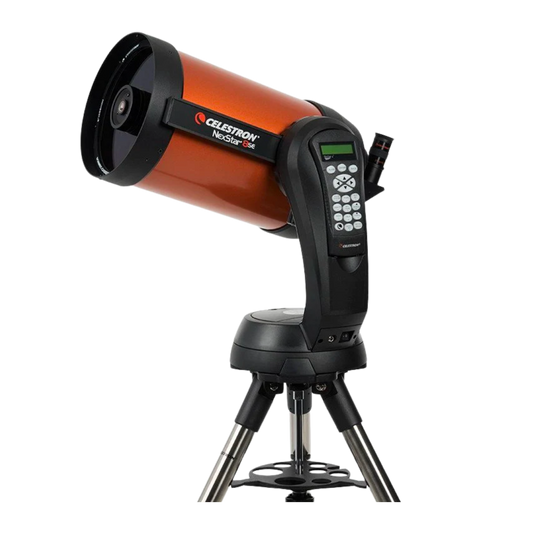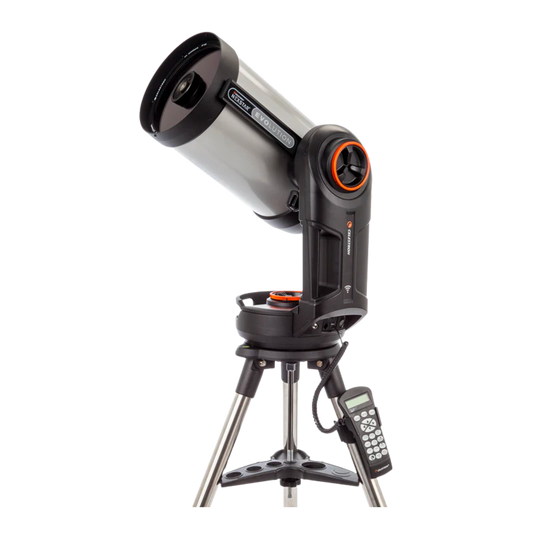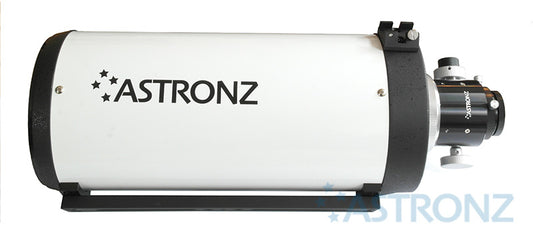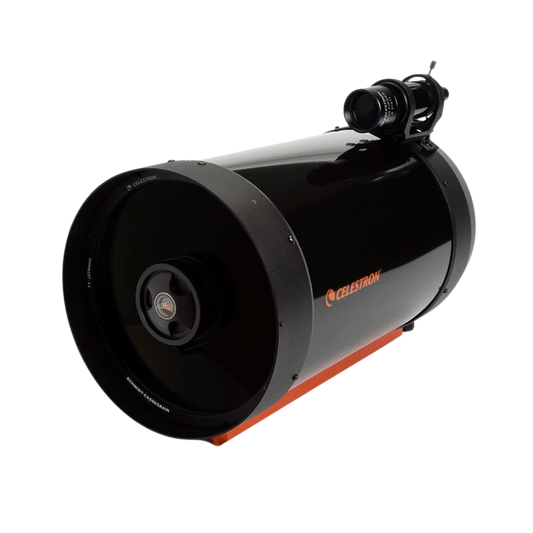-
Astronz 8" f/12 Cassegrain Telescope OTA
Vendor:GSORegular price From $1,999.00Regular priceUnit price per -
 Sold out
Sold outCelestron NexStar Evolution 9.25"
Vendor:CelestronRegular price $7,475.00Regular priceUnit price per -
Celestron NexStar 8SE
Vendor:CelestronRegular price $4,999.00Regular priceUnit price per -
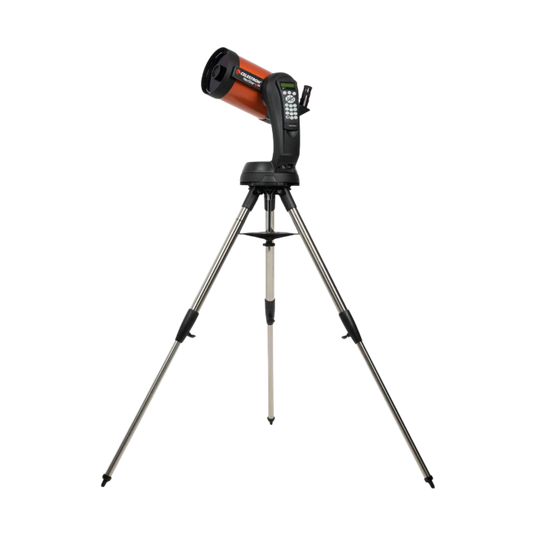 Sold out
Sold outCelestron NexStar 6SE
Vendor:CelestronRegular price $3,240.00Regular priceUnit price per -
Celestron C9.25 Optical Tube Assembly
Vendor:CelestronRegular price $4,065.00Regular priceUnit price per -
Celestron EdgeHD 8" Optical Tube Assembly
Vendor:CelestronRegular price $3,999.00Regular priceUnit price per -
Celestron NexStar Evolution 8"
Vendor:CelestronRegular price $5,899.00Regular priceUnit price per -
Celestron EdgeHD 9.25" Optical Tube Assembly
Vendor:CelestronRegular price $6,815.00Regular priceUnit price per -
Astronz 6" f/12 Cassegrain Telescope OTA
Vendor:GSORegular price From $949.00Regular priceUnit price per -
Celestron C11 Optical Tube Assembly
Vendor:CelestronRegular price $5,999.00Regular priceUnit price per -
Celestron C8 Optical Tube Assembly
Vendor:CelestronRegular price $2,799.00Regular priceUnit price per

